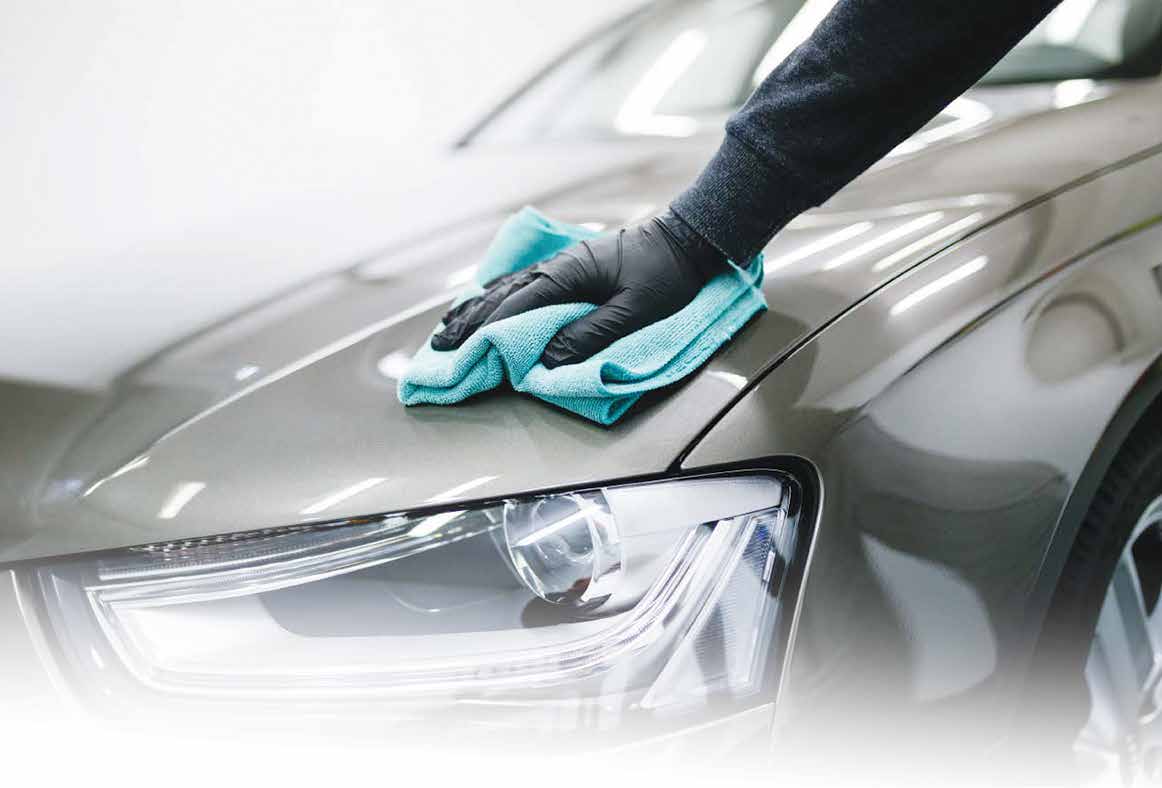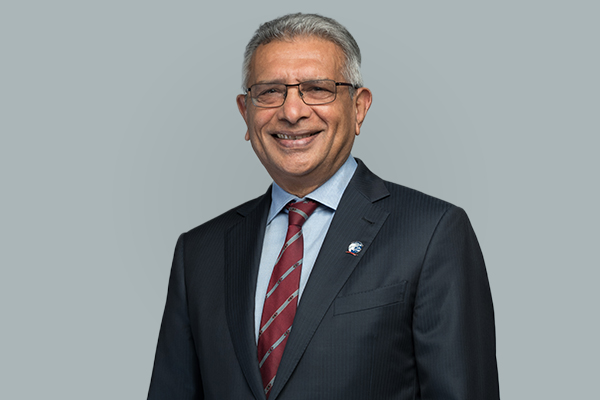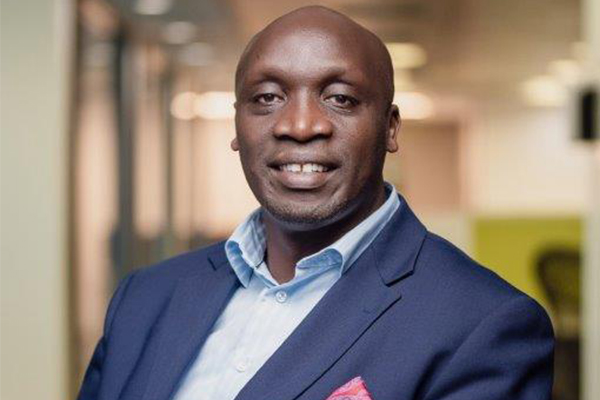Due to our very bad weather, all cars in tropical countries need waxing.
Waxing a car preserves that clean and shiny finish and seals its ‘pores’ against dirt, water vapour, and rust. If water does ‘stick’ on the surface of the car when it rains or when you hose it down, it needs waxing. Even if you use a car-washing product that has wax in it, you must still give most cars a thorough waxing and then a polish. To avoid scratching the surface and trapping minute particles of dust, always be sure to wash the car before you wax it, no matter how clean it looks.
After applying wax or polymer sealant, use a soft towel to break up the hazy surface by rubbing in one direction. Then switch to a soft, lint-free cloth and rub in the other direction to bring out the shine. Use an extremely soft and clean waxing cloth, without dirt or grit, not one you also use on the wheels or the front grille. If you drive a dark-coloured car or one with a clear-coat or sensitive lacquer finish, make sure that the cleaners and waxes you use have no abrasives in them. If you are unsure as to whether the finish on your car requires special handling, check your owner’s manual for instructions.

Unless your car came with specific instructions from the manufacturer, you can choose from a variety of waxes. Here is a closer look at your options:
Soft waxes – these are light, fluffy and are very easy to apply and remove. Some are
mixed with a light cleaner. However, before using soft waxes be sure to wash the car
thoroughly first. After the car is clean, use the application pads provided. Then simply
wipe on the wax, following the contours of the surface.Liquid waxes – these are very easy to use but do not last as long as soft or hard waxes. Liquid wax is excellent for waxing your car after washing it with a wax-free detergent or soap, or for a touch-up between professional waxing. Be careful with the brands of the car wax, as many unscrupulous businessmen have normal detergents mixed with dirty water, and distributing the same as liquid car wax.
- Hard or paste waxes – These types of waxes provide the most protection and should be used for your semi-annual major wax job. Always apply it on a small area at a time to avoid letting the wax harden to a point where it is hard to remove. Apply the wax according to the directions on the can with an applicator or soft, lint-free rag.
- Polymer preservatives – Products that contain polymer substances, which protect a car more effectively than wax and for longer periods. They bond with the surface and prevent it from fading and oxidizing. At the auto shop, you can buy poly-sealants that are easy to apply and are supposed to protect your car for six months to a year. Because the waxes that contain cleaners usually contain abrasives, do not use them for every car wash or more often than once a month. In between, use a liquid car cleanser that contains a little wax.
Recent Posts
-
 Top 25 Corporations Walking the Talk in ESGMarch 12, 2025/33 Comments
Top 25 Corporations Walking the Talk in ESGMarch 12, 2025/33 Comments -

-
















